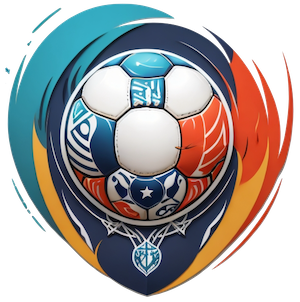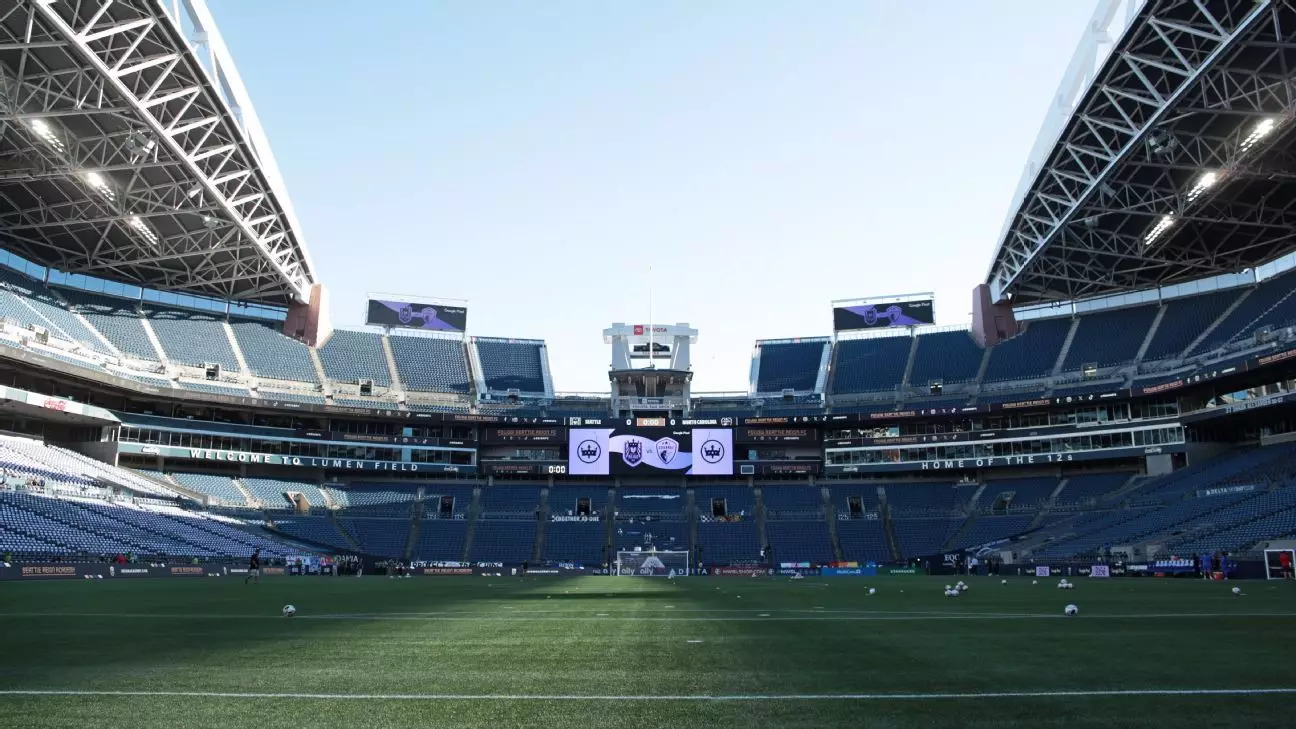The looming shadow of the 2026 FIFA Men’s World Cup presents a formidable challenge for the National Women’s Soccer League (NWSL). As it stands, league commissioner Jessica Berman has made it clear that the NWSL intends to maintain its schedule throughout the tournament, a bold move that could significantly redefine the dynamic of women’s soccer in the U.S. during this critical period. Unlike Major League Soccer (MLS), which plans to pause its operations during the World Cup, the NWSL is taking an unorthodox approach by committing to play through potentially major distractions from the global soccer stage.
Berman’s statements reflect an ambition to carve out a dedicated space for women’s soccer at a time when it could easily be overshadowed by the global spectacle of men’s soccer. Yet, the details remain fuzzy. By stating, “We’re figuring it out,” she acknowledges the intricate logistical challenges ahead. This scenario begs a question: how can a league harness the enthusiasm generated during the World Cup to boost its visibility and credibility?
Utilizing the World Cup Momentum
While the NWSL faces the unenviable task of trying to compete with the allure of the Men’s World Cup—which will be the longest yet due to a controversial expansion—the league has a distinct opportunity. Women’s soccer could harness the palpable excitement surrounding the men’s tournament, creating synergies that elevate both its profile and attendance.
Historically, major soccer events do inspire local interest at grassroots levels, and there’s data to corroborate increased participation in women’s soccer that follows significant national team performances. Berman’s strategy to keep NWSL matches ongoing during the World Cup can potentially attract fans looking for local action.
However, maximizing this opportunity requires careful marketing—outreach that emphasizes local teams’ dynamics, individual player stories, and community-driven events. The NWSL must curate a narrative that engages soccer fans, building excitement around what the league offers beyond the global stage.
Training Facility Challenges: A Looming Crisis
As exhilarating as the prospect of continued play during the World Cup sounds, it comes with significant hurdles. Four teams—Houston Dash, Kansas City Current, Racing Louisville FC, and Utah Royals FC—will lose access to their home training facilities due to FIFA’s stringent requirements for the World Cup’s participating teams. These teams could find themselves adrift, needing to navigate training and logistical challenges at a time when consistency is vital for their performance and morale.
Finding alternative training venues can be a financial burden and logistical headache, potentially disrupting their usual routines. Unfortunately, the ramifications may extend to player performance, as preparation and training are integral to maintaining form and cohesiveness on the field. The resulting strategy could range anywhere from sharing spaces with local clubs to negotiating temporary grounds in their respective cities.
To combat this, proactive planning is key. It would be wise for these teams to secure alternative facilities as early as possible, prioritizing locations that can provide the same level of preparation they rely on.
Historical Context: Learning from Past Experiences
The difficulties associated with scheduling during high-profile tournaments like the Men’s World Cup are not uncharted territory for the NWSL. Past years have shown that similar interruptions—such as the halt in play during the Olympics—have not always played out favorably for the league. The venture with Liga MX Femenil is a notable example where ambition met reality, with the crossover tournament failing to resonate as intended and being scrapped after its first year.
However, with the impending World Cup and upcoming international women’s tournaments, it presents another opportunity for learning and reinvention. The NWSL could seek to establish strategic partnerships resulting in tournaments that enhance sport visibility. Friendly matches during the downtime could symbolize league resilience and adaptability while fostering better connections with international squads.
Meanwhile, the upcoming 2027 Women’s World Cup and 2028 Olympics in the U.S. can serve as platforms to strengthen the women’s game. The announcement of the U.S. bidding to host the 2031 Women’s World Cup is a testament to the increasing recognition of women’s soccer, and the NWSL must utilize this momentum to advocate for the growth of the sport.
In a defined landscape full of obstacles, the National Women’s Soccer League stands at a critical juncture. By maintaining its schedule during the Men’s World Cup, the league has an extraordinary opportunity to enhance its profile, but it must also consider how to mitigate the risks posed by lost training facilities and the historical challenges of scheduling. The road ahead is fraught with challenges, but it also opens a world of potential.

